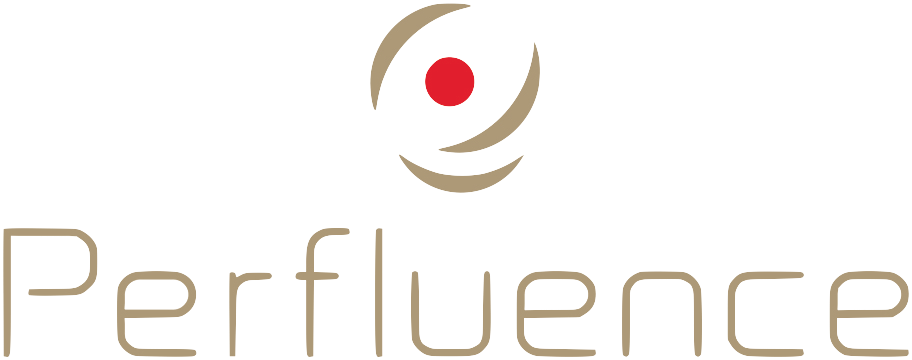Have a look on LinkedIn or trawl through your company’s CRM and you’ll see there are a lot of people who feature on your contact list . There are people with over 30 000 LinkedIn contacts and last time I looked, there were 430 million people using Linkedin. However, does knowing a lot of people automatically mean you have a large network? How can you best sort out who you could consider a real contact and who not? Who do you know and who knows who you are ?
5 signs you have a useful contact
Ask yourself these simple questions to identify which contacts really matter. Mark your answers to get a realistic overview of your contact list.
Do I know my contact's’ job title and what he/she really does? (without going online)
This is a minimum. Being vague at this point is an indication that your contact probably doesn’t know what you do either. Score 2 if you know both job title and responsibilities. Score 1 for knowing only 1. Score 0 for being vague.
Does my contact appreciate the work I do or did for her/him.
Be honest. If you think you did a bad job, this is obviously not the right person to use for networking. If you are proud of what you did and you think your contact is happy, make a note. Score 2 for a good job, and minus 2 for a bad job.
On top of being a professional contact, is this person a friend?
A well connected/established friend remains a friend however, if this friendship is public knowledge you may get stuck with the label of nepotism. Crossing the professional contact – friendship line has rewards (a new friend) and risks (loss of face when using that contact for professional purposes). Score 2 for friends and minus 1 for very close friends that might get you labeled as engaging in nepotism.
How many contacts from our own networks do we share?
Sharing contacts is positive, as it means you are likely to get help when needed as you both belong to a common group. However, if you share a lot of contacts (more than 50% overlap) then you won’t bring extra networking help to each other. You are more likely to increase the exclusivity of the group you both belong to. It’s a good time to look for fresh air outside the group. Score 2 for between 20 and 30% network overlap. Score minus 1 for over 50% overlap and minus 2 for over 80% overlap.
When did I last see my contact?
I have a contact who only ever gets in touch because he needs something. Although I am usually happy and able to help, the relationship is definitely a one-way street. Bit by bit, I have taken the power to decide what happens next in our relationship. Skewed or unbalanced relationships are not reliable. Score 2 for regular meetings and a balanced relationship. Score 0 for once a year contact and minus 2 for imbalanced relationships.
Simple teps to improve my relationships
Total up your points. High scorers are your immediate useful contacts. These people will help you to connect to new people.
Choose one high scoring contact and pick a date next week to go out for lunch to celebrate.
Take a look at the low scoring contacts. Within this group you’ll find the people you could easily work with more efficiently.
Choose a low scoring contact, for whom you consider it worthwhile to improve the relationship and pick a date next week to get together and kick-start the relationship.
Do not hesitate to repeat these steps indefinitely !

